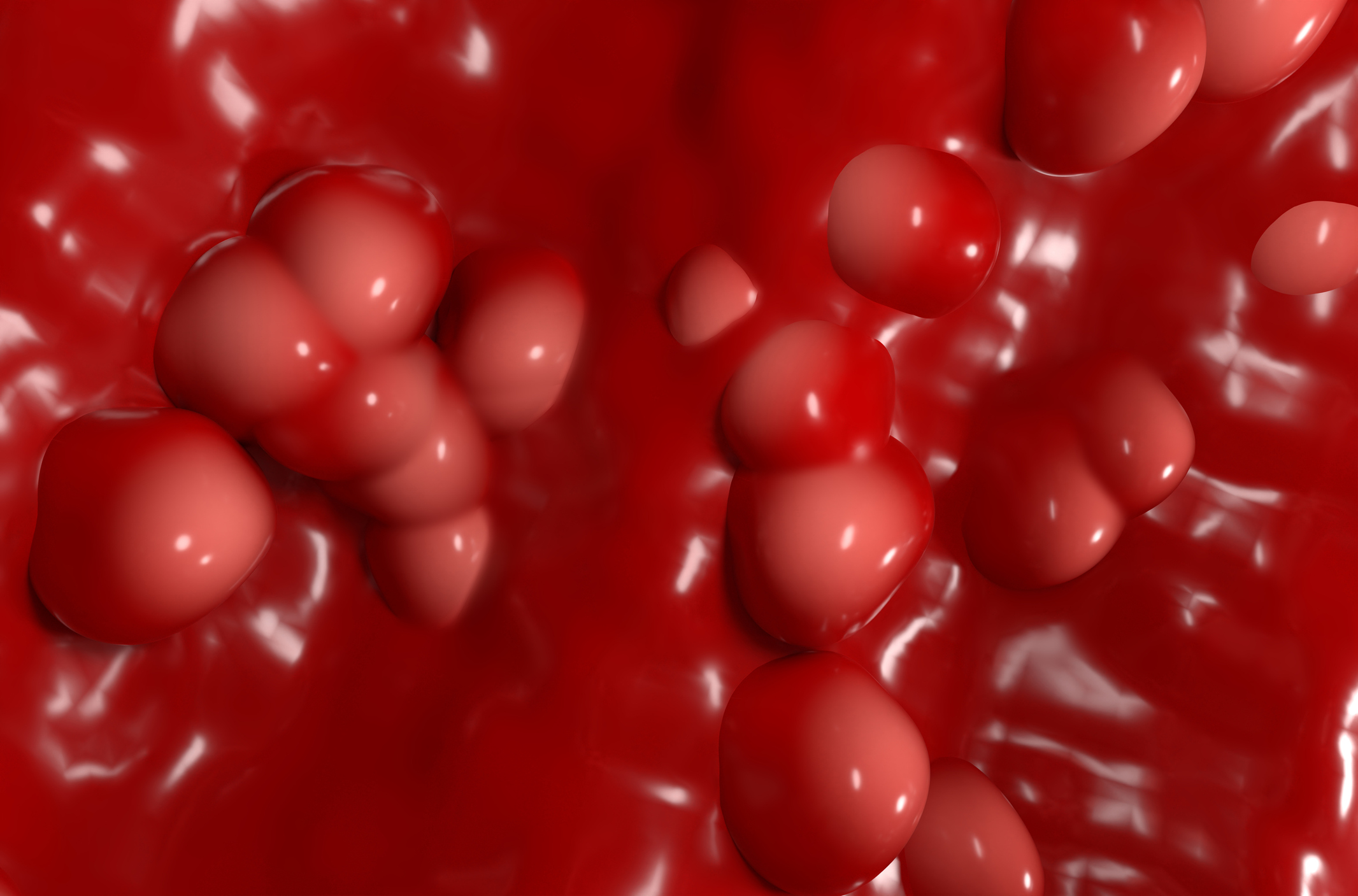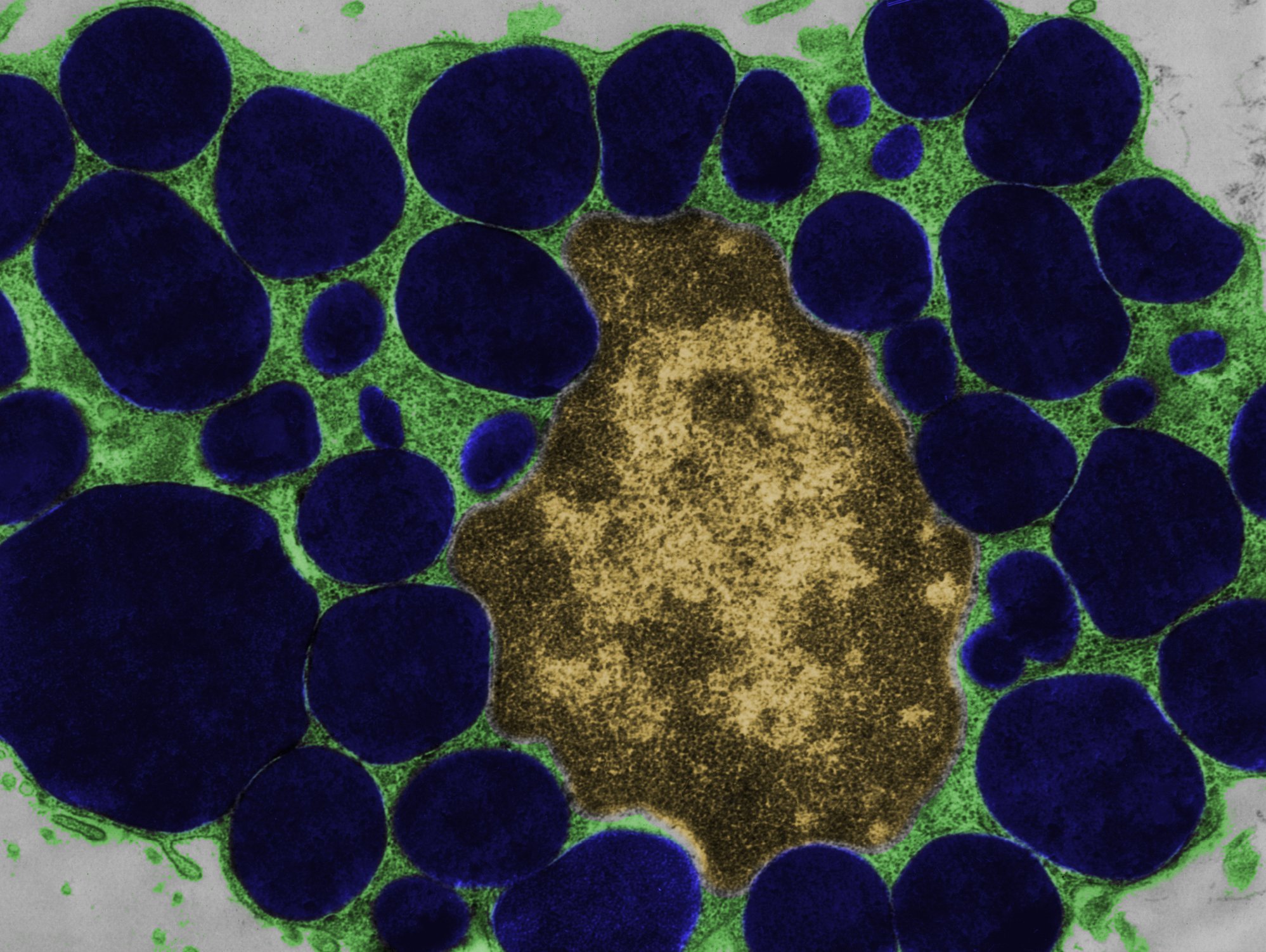A case series of patients with prurigo was published in the journal Acta Dermato Venerologica. After multiple unsuccessful previous therapies, the use of dupilumab resulted in a significant improvement in the course of the disease, accompanied by a massive increase in the quality of life. Anamnestically, atopy was present in all three cases.
Chronic prurigo is characterized by persistent pruritus, sometimes with secondary scratch lesions. This highly chronic form of pruritus is currently believed to develop through neuronal sensitization and the development of an itch-scratch cycle. Four clinical forms are distinguished papular, nodular, plaque or umbilical ulcer subtype. In most cases, chronic prurigo is very persistent to various approved treatment options. One of the promising therapeutic alternatives is the biologic Dupilumab as illustrated by the present case series [1].
Case 1 – DLQI score from 25 to below 5 within six weeks
The 41-year-old patient was diagnosed with chronic prurigo of the nodular subtype in 2016. Medical history documented allergic asthma and type I allergies and an elevated total IgE of 14.778 kU/I. Generalized eczema was present at the time of initial consultation. Atopic dermatitis was diagnosed, which was well controlled by narrow spectrum UVB phototherapy (311 nm) and topical steroids. However, the patient suffered from persistent, very distressing chronic prurigo, accompanied by the development of new pruritic nodules. Various treatment options were not effective and the patient continued to complain of severe pruritus. In December 2017, the Numeric Rating Scale (NRS) measured maximum pruritus intensity of 10, as well as significant impairment in quality of life with a DLQI score of 25 and an ItchyQoL score of 88. A variety of highly pruritic nodules and scales manifested. Since treatment with ciclosporin was not an option due to poorly controlled hypertension, dupilumab therapy was initiated. The patient reported significant symptom improvement 2 weeks after the loading dose of 600 mg. His condition progressively improved, starting at week 6 after initiation of dupilumab treatment, the patient reported tremendous itch relief and greatly improved prurigo control. Quality of life was only slightly reduced and there was a slow but steady improvement in prurigo lesions.
Case 2 – NRS score from 10 to 0 within eight weeks
The 45-year-old patient was diagnosed with chronic prurigo of the nodular subtype in 2015. Multiple chronic and very pruritic nodules were seen in the legs, buttocks, and arms. The patient had a documented history of atopy, including type I allergies, dyshidrotic hand eczema, and allergic asthma. Despite several attempts at therapy, the patient suffered from persistent pruritus with a maximum intensity of 10 on the NRS, accompanied by a massively impaired quality of life (DLQI score of 29). Since therapy with ciclosporin had to be discontinued twice due to elevated serum creatinine, dupilumab therapy was initiated. 8 Weeks after treatment initiation, the patient reported a massive decrease in pruritus with an NRS score of 0. Quality of life improved significantly and the DLQI score of 10 decreased in the following three years. months even to a value of 2.
Case 3: ItchyQol score from 91 to 74 within two weeks
The 52-year-old patient with a documented history of atopy, including type I allergies and atopic dermatitis first presented in 2017 with multiple severely pruritic nodules on both legs. Despite therapy with ciclosporin for three years as well as addition of gabapentin, the patient continued to suffer from severe pruritus and massive impairment of quality of life with a DLQI score of 19, an ItchyQoL score of 91 and a maximum itch intensity of 10 in the NRS. After discontinuation of ciclosporin and gabapentin, therapy with dupilumab was started. Two weeks after the start of treatment, the DLQI showed a reduction to 14 and the expression in the ItchyQol was reduced to 74. three months later, the patient reported significant relief of pruritus and further slow but steady improvement over the subsequent three months, with a reduction to a level of 4 in the NRS. The DLQI score decreased to 12.
Literature:
- Almustafa ZZ, et al: Dupilumab in Treatment of Chronic Prurigo: A Case Series and Literature Review. Acta Dermato Venerologica 2019; 99(10).
- International Institute for Dermatological Allergology, http://i2deal.net (last accessed Sept. 19, 2021).
DERMATOLOGY PRACTICE 2021; 31(5): 31












